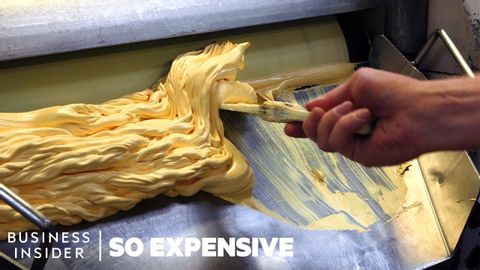
字幕と単語
油絵の具が高価な理由|高価な理由 (Why Oil Paint Is So Expensive | So Expensive)
00
April Lu が 2021 年 01 月 14 日 に投稿保存
動画の中の単語
guarantee
US /ˌɡærənˈti/
・
UK /ˌɡærən'ti:/
- v.t.品質保証する;約束する;支払い保証をする;法的保証
- n. (c.)製品保証;保証;担保
A2 初級TOEIC
もっと見る エネルギーを使用
すべての単語を解除
発音・解説・フィルター機能を解除
